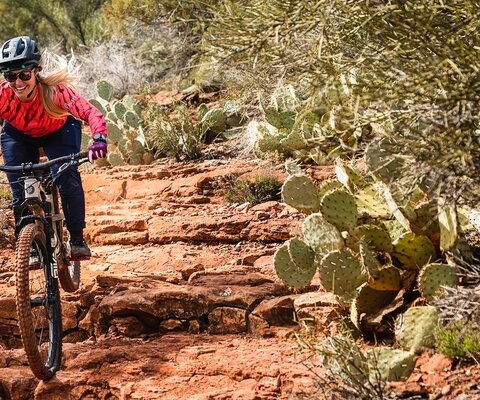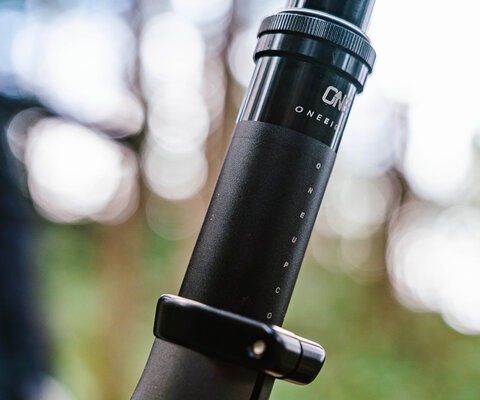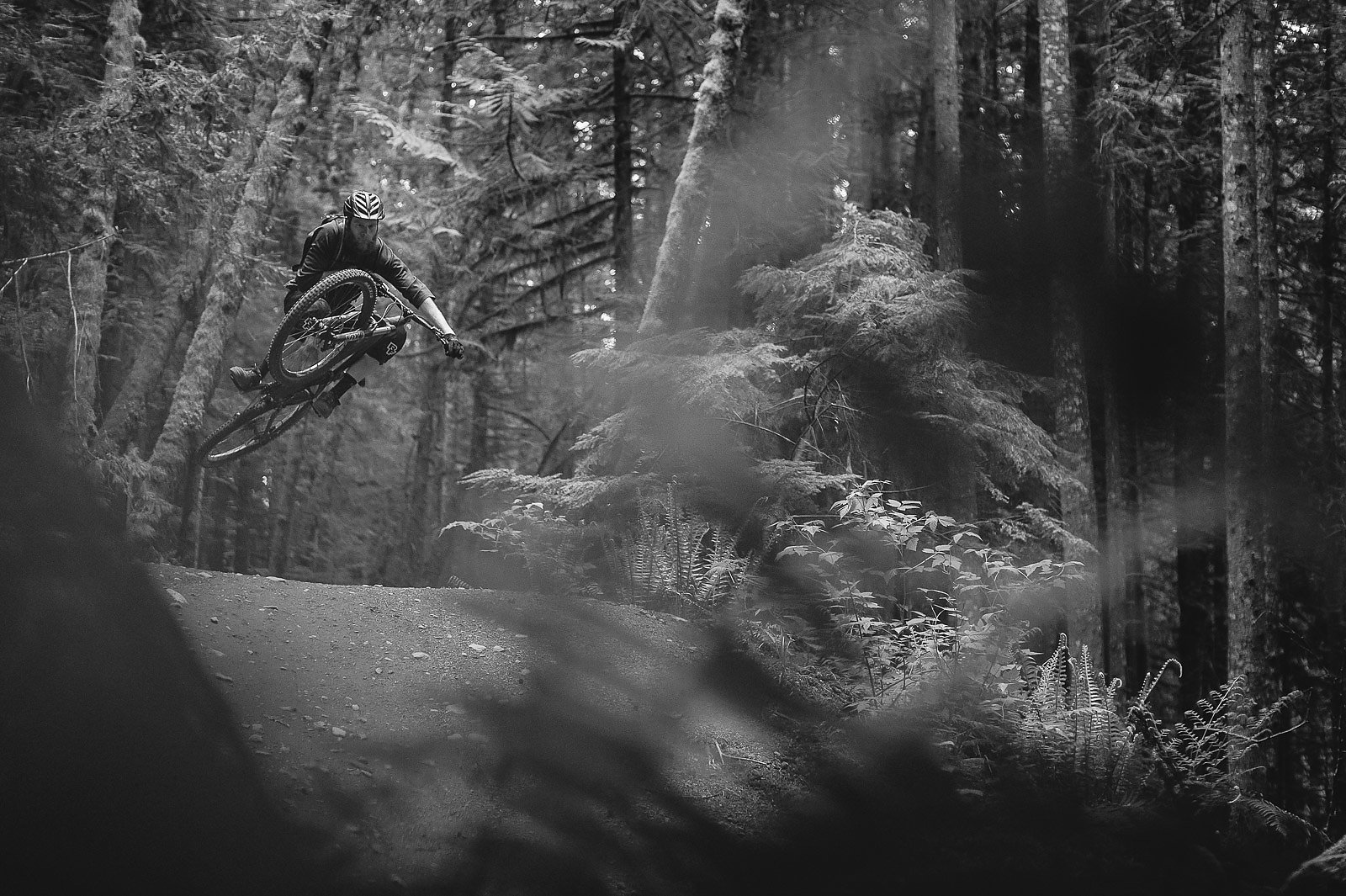
NIKON, 1,1000 sec, f/2.0, ISO 1600
Reuben Krabbe // Squamish, BC The Sometimes Soggy Oasis
Words and Photos by Reuben Krabbe
Sḵwx̱wú7mesh, Squamtopia, Squampton, Squamish—each moniker speaks to a different side of this town I now call home.
I passed quickly through Squamish on my first journeys along the Sea to Sky Corridor. I had heard the megaphone of the boisterous Whistler bike scene, and the loam-covered legends of the North Shore. For me, like many others, it was the place with “the big climbing rock” or “those gas stations between Vancouver and Whistler,” a mesh of roadside power lines, hunkering box stores and fast-food spots. It started as a railway town, a hub for a long history of logging and mining that continues to this day—attested to by the trucks and trains that still rattle through town. The “Squampton” nickname made sense.
As the volume of Whistler and North Shore wore off, I began to discover—and fall in love with—the Sḵwx̱wú7mesh side of town. It’s the traditional name for the area’s indigenous people whose relationship with the land inspired strikingly bold art and music. And if you (like pretty much anyone who has driven the Sea to Sky) have wondered about the number seven in the name, it’s a character that represents a “glottal stop.” The pronunciation is almost impossible to capture with English words, but when spoken it sounds like wind, or a storm moving up Howe Sound.
And it’s Howe Sound that is the key to Squamish riding. A coastal fjord, it’s bordered by towering granite walls that rise directly from the milky aqua waters. Trapped in this stony funnel, clouds are forced to the end of the valley and over the town, where they drop more than 80 inches of rain annually.
Thus, “Squamtopia”—the coal-black loam, the huge, second-growth trees of the coastal rainforests, the surging rivers and vibrant flora. Under the watch of 8,711-foot Atwell Peak and the rocky mass of “the Chief,” I can’t help but feel tiny by the scale and awestruck by the complexity and beauty of the region.
In this sometimes-soggy oasis, all manner of outdoor activities have flourished, earning the town the title of the “Outdoor Capital of Canada.” Rock climbing, hiking, kayaking—and, in the shadow of the oh-so-holy Whistler and North Shore monoliths, mountain biking.
Perhaps it’s this unassuming status that’s softened the animosity besieging so many riding communities. Instead, land managers and logging companies haven’t only allowed mountain biking, they’ve also helped preserve and promote the trails winding through the privately licensed land above town. The result? A place where kneepad-clad bikers and (nonironic) flannel-clad loggers coexist. Some of the loggers have even become fervent trail builders.
Other towns across North America have seen mountain biking as the salvation to a post-industrial slump. For Squamish, it’s just a part of the continually diversifying town. It’s become the home of Vancouver and Whistlerites pushed out by unfathomable pricing, and, over the last 15 years, it’s also become home to a university, several microbreweries and companies such as OneUp, Pinkbike, Anthill films and 7mesh clothing.
All of this, however, is invisible with a drive-by glance: The freak athletes with full-time jobs and families who are way faster than you. The subtle culture belied by the strip malls along the highway. The active and authentic citizens, who are die-hard locals whether they wield a chainsaw or a chainwhip (or both). It’s an understated but unabashed character that makes our little gas station strip the center of paradise. Whatever name you call it, it’s a place I'm proud to call home.
Half Nelson Loop

NIKON, 1/1000 sec, f/4.0, ISO 3200

NIKON, 1/800 sec, f/2.0, ISO 800
Boney Elbows Loop
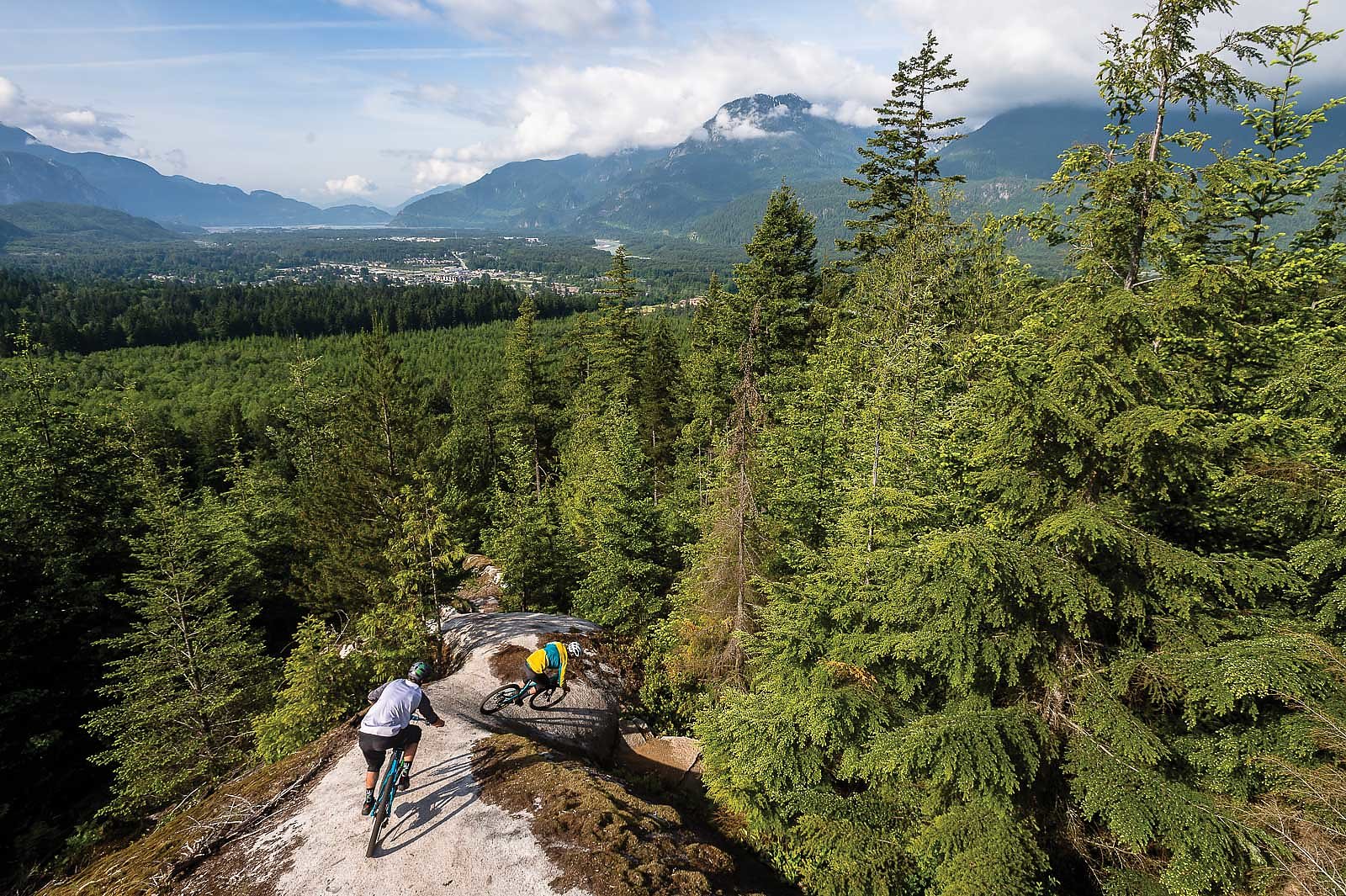
NIKON, 1/500 sec, f/9.0, ISO 200
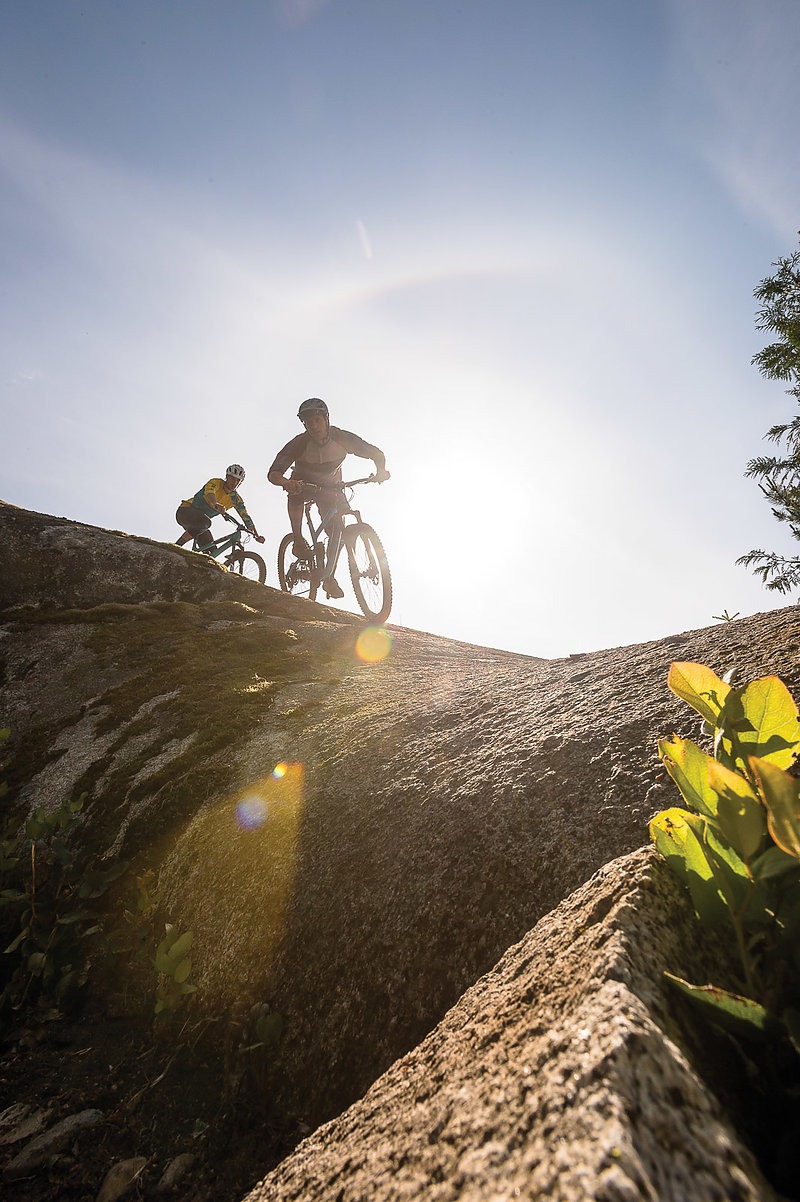
NIKON, 1/500 sec, f/16, ISO 400
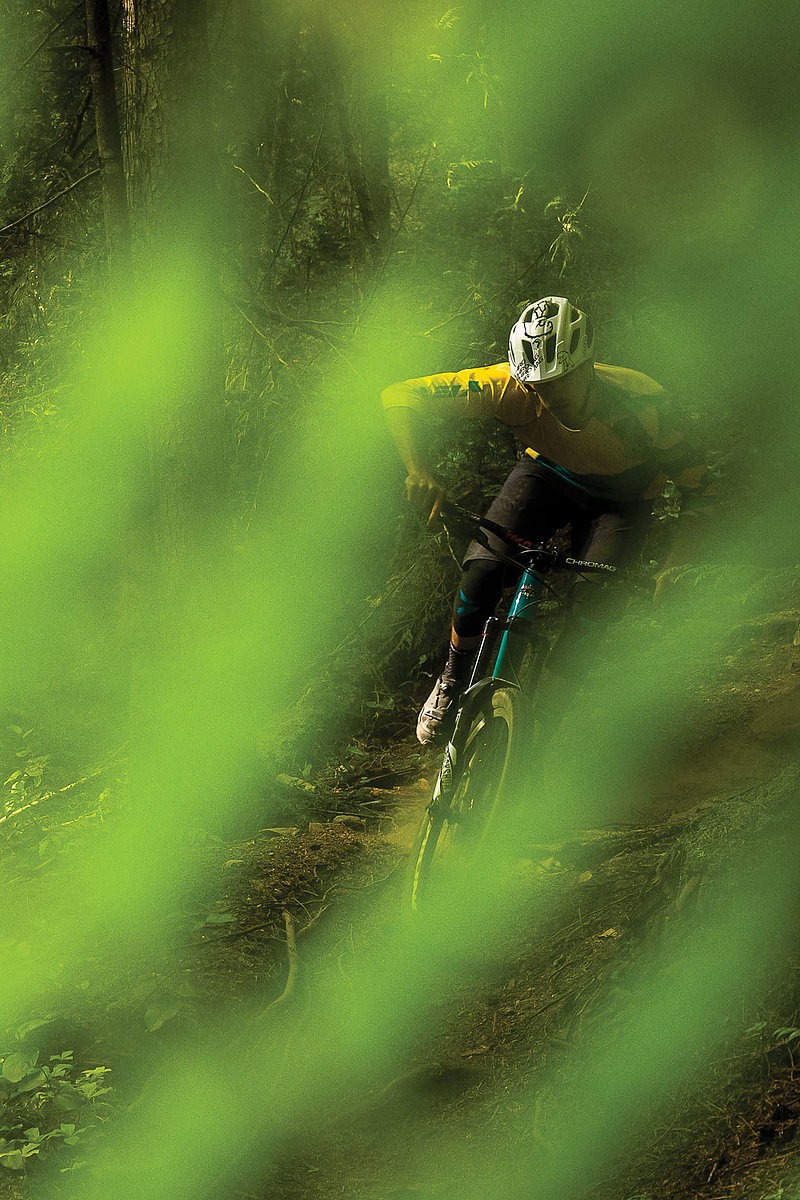
NIKON, 1/320 sec, f/6.3, ISO 3200
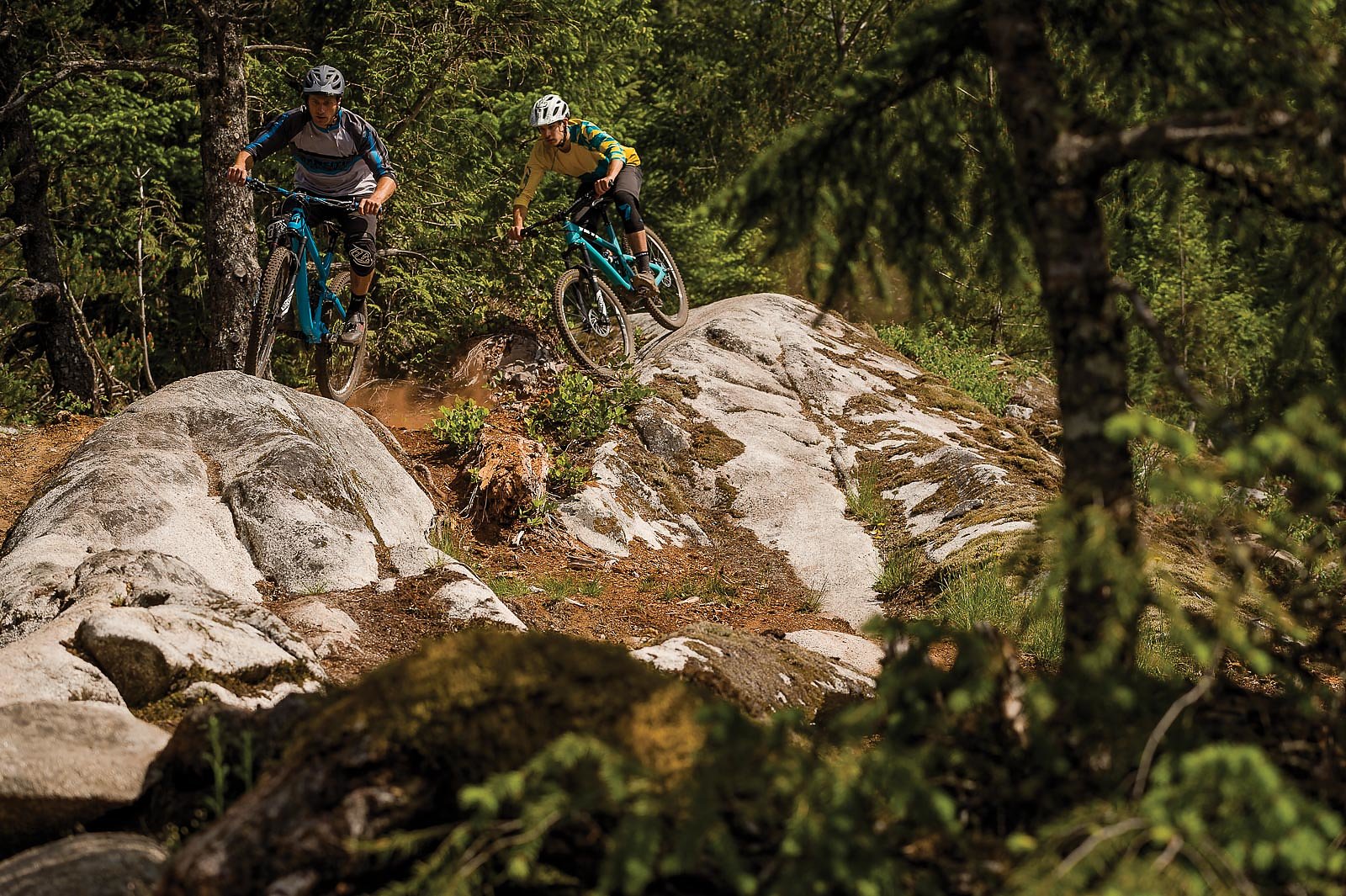
NIKON, 1/1250 sec, f/5.6, ISO 200
Somewhere Over There

NIKON, 1/1000 sec, f/8.0, ISO 1600
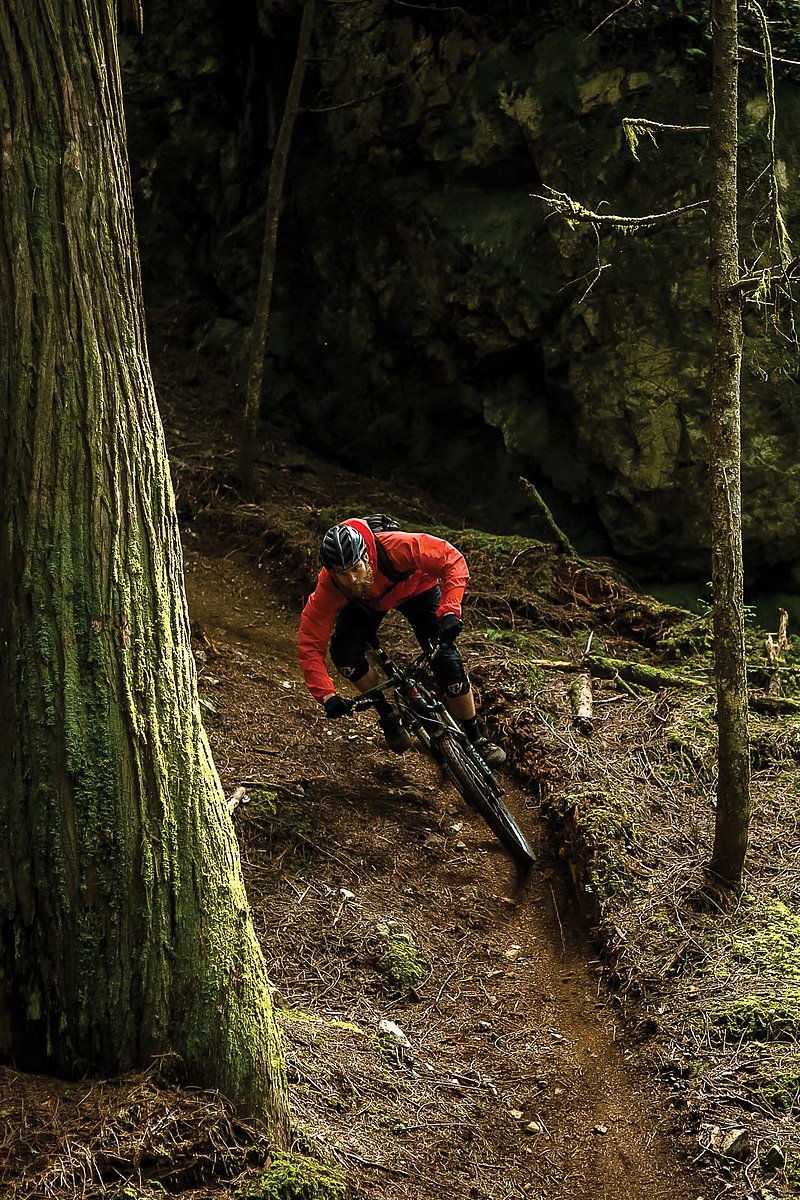
NIKON, 1/640 sec, f/2.0, ISO 800

NIKON, 1/500 sec, f/2.0, ISO 1600
The Reuben Krabbe Gallery as originally published in The Sea to Sky Photo Book - Freehub Magazine Issue 7.3

